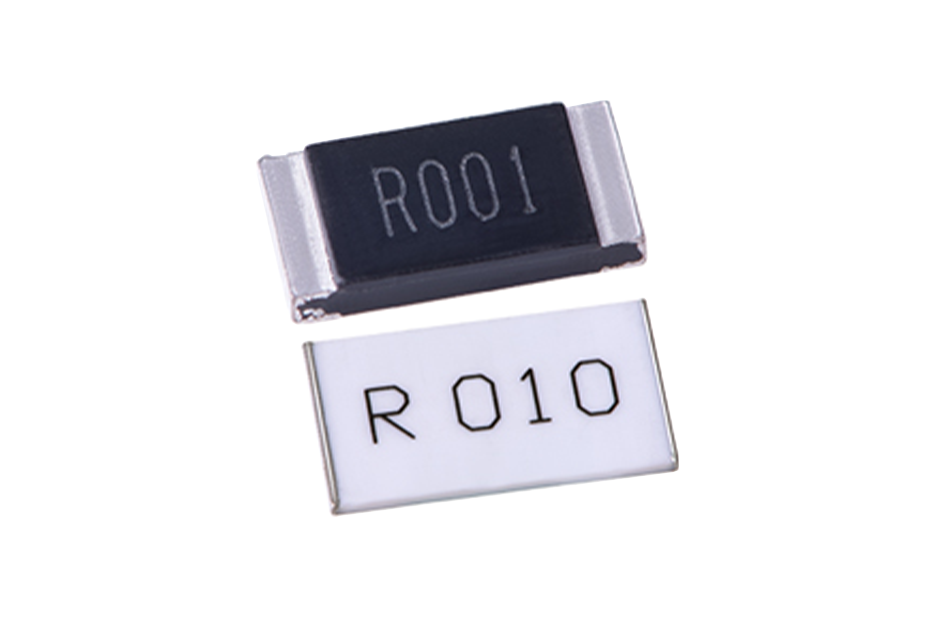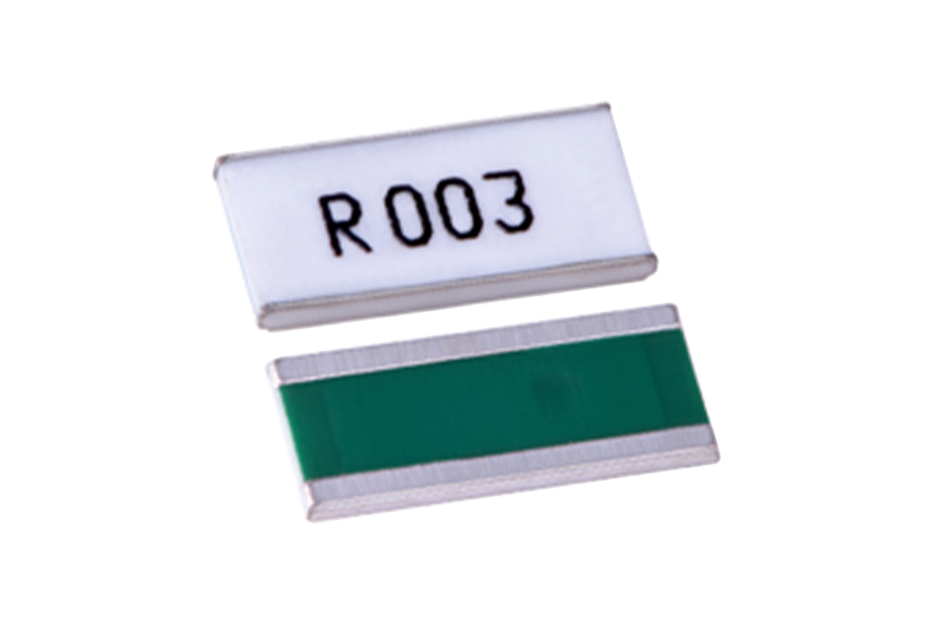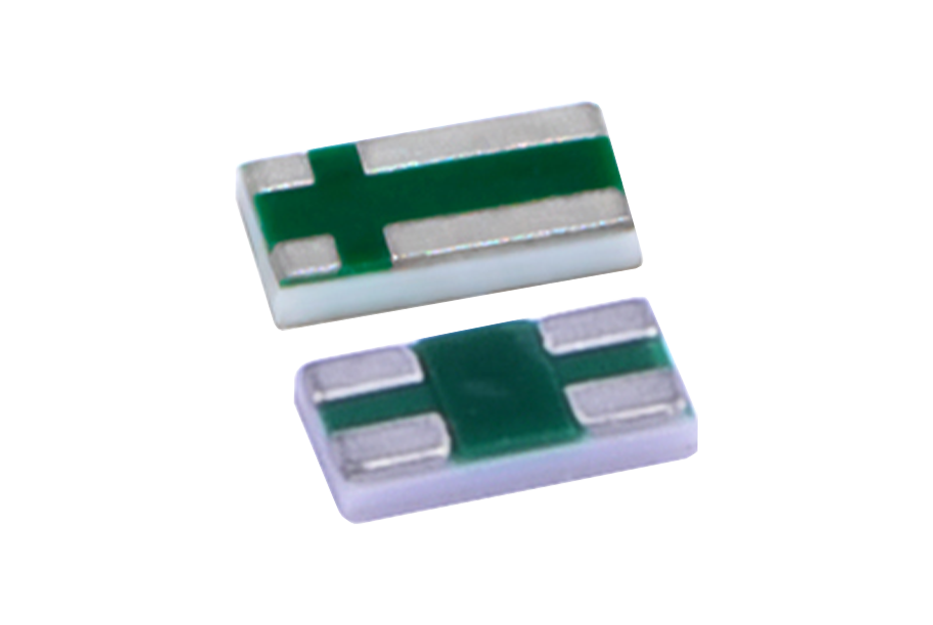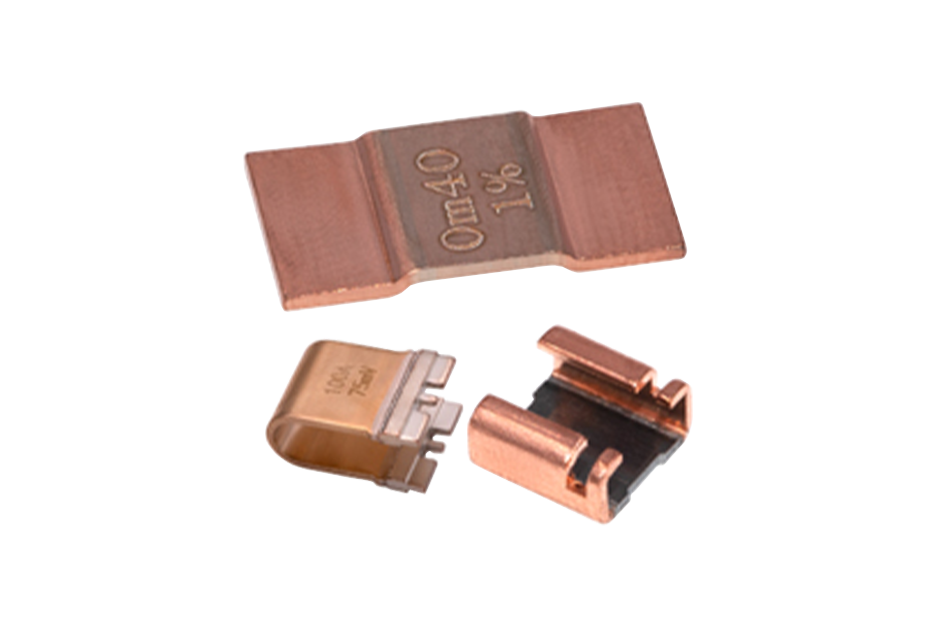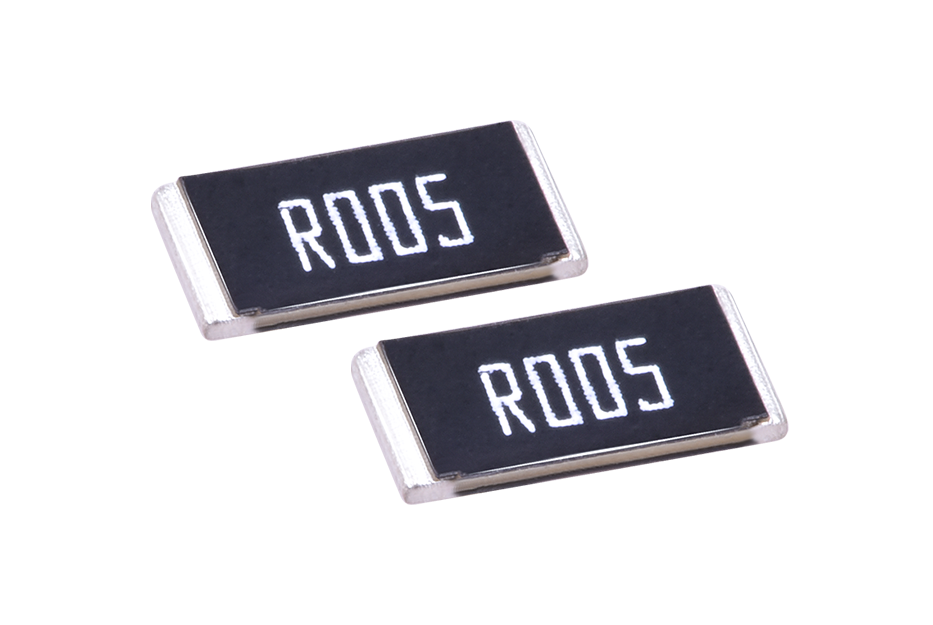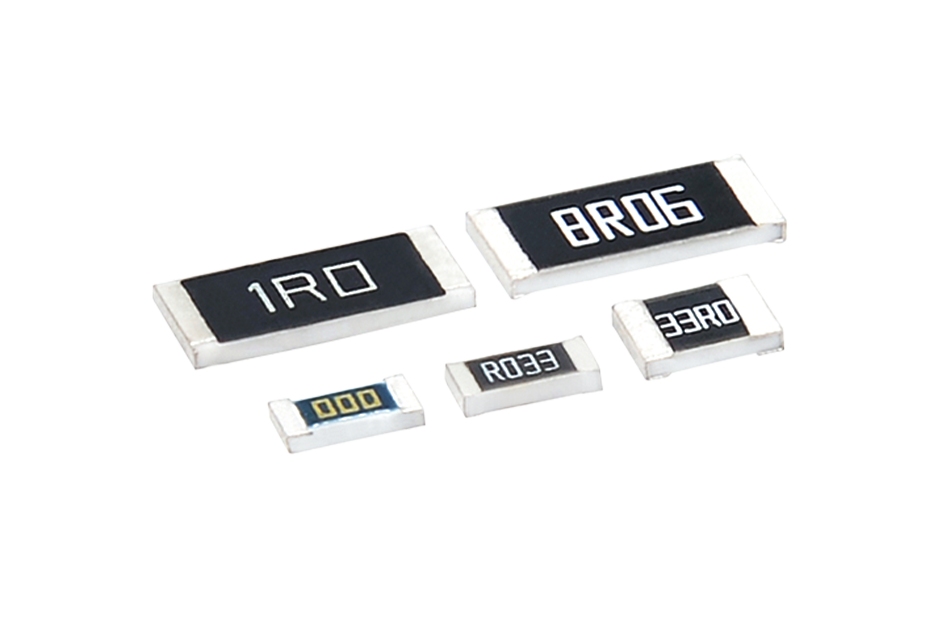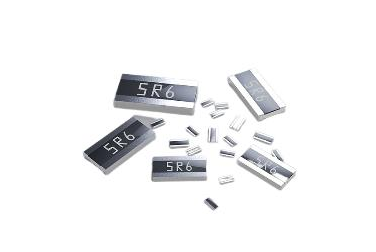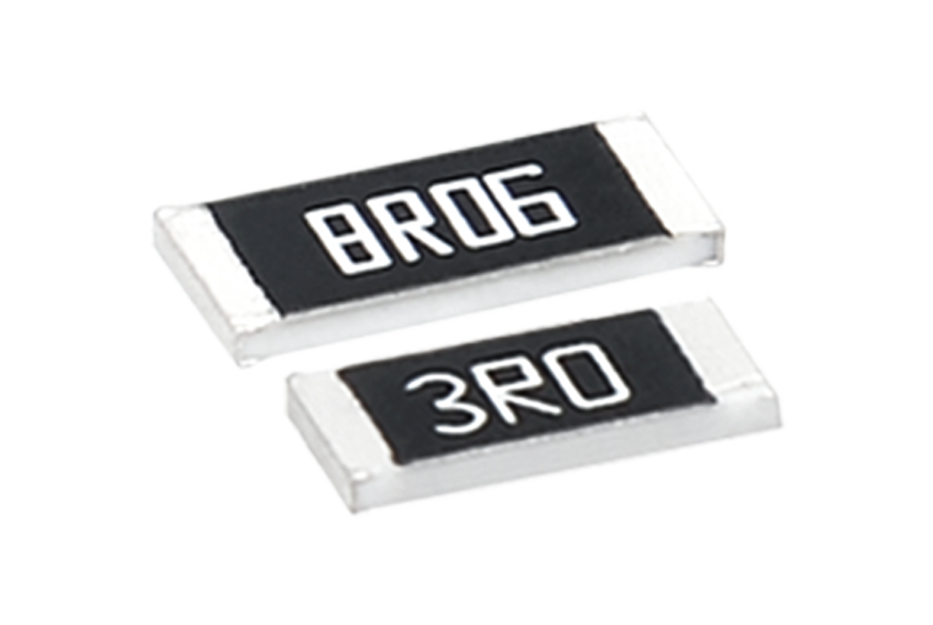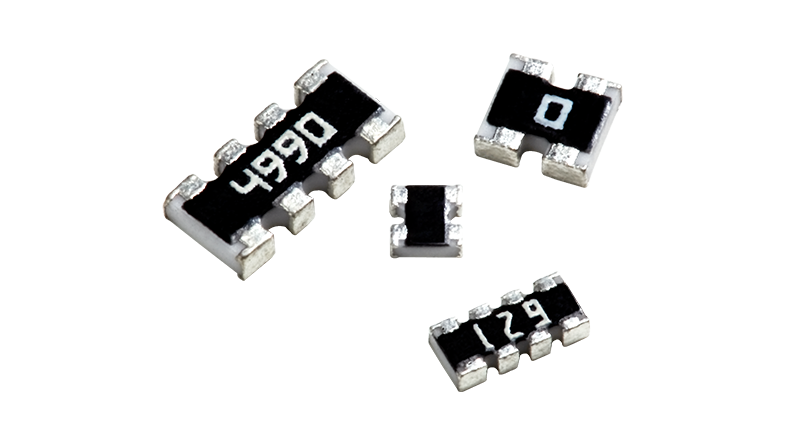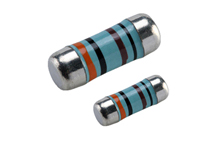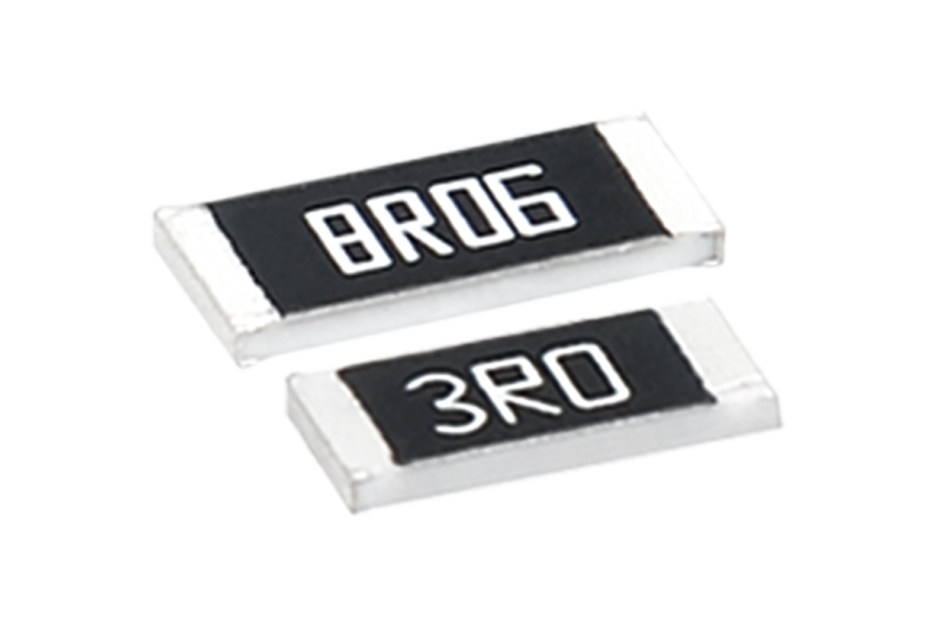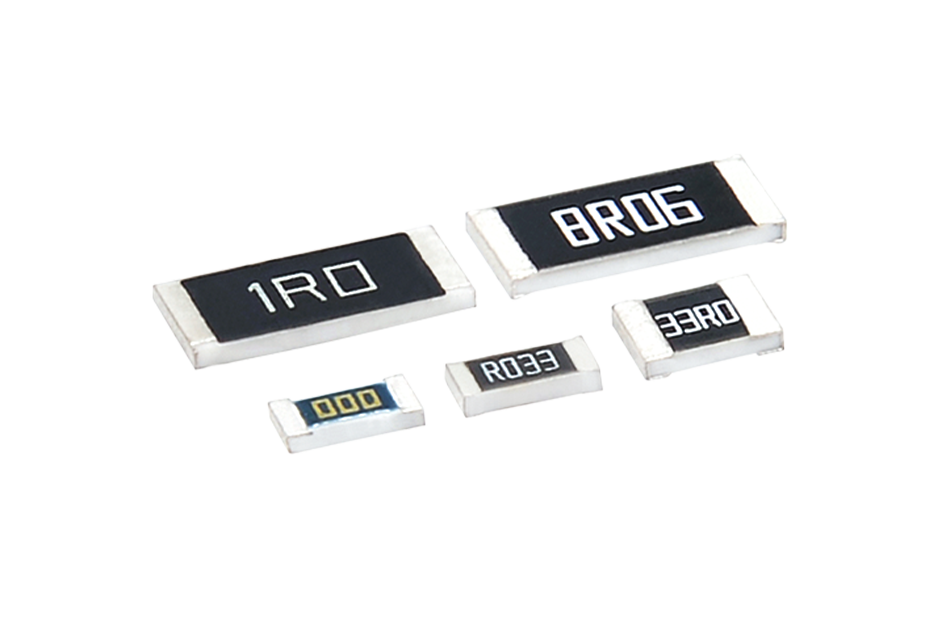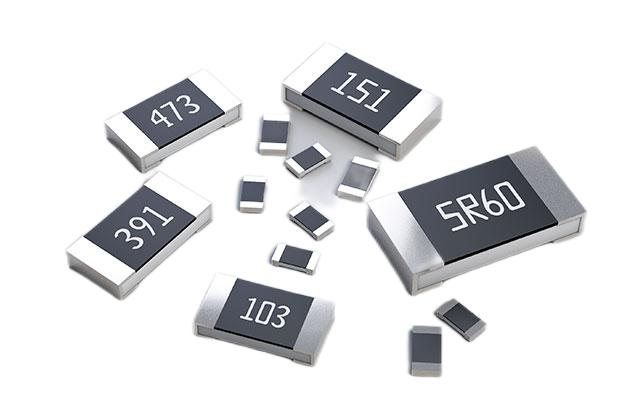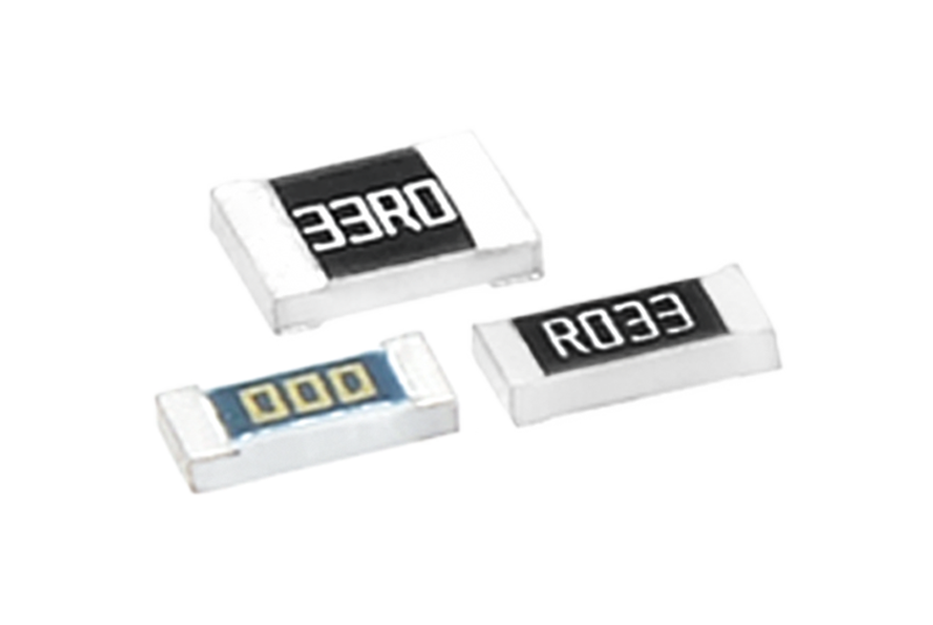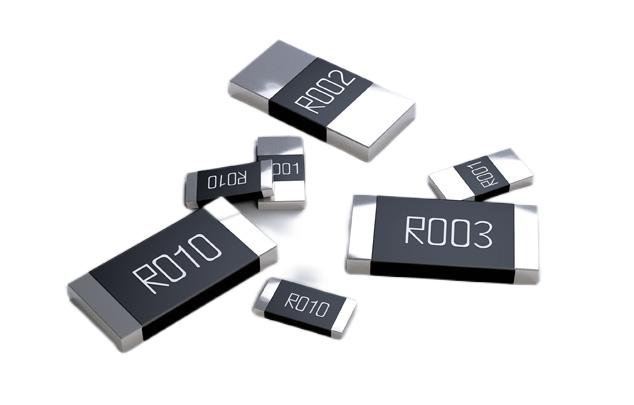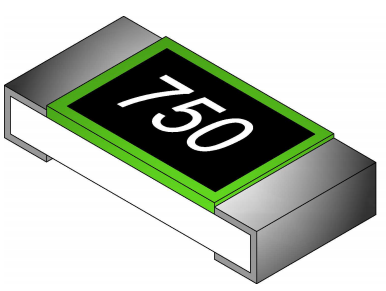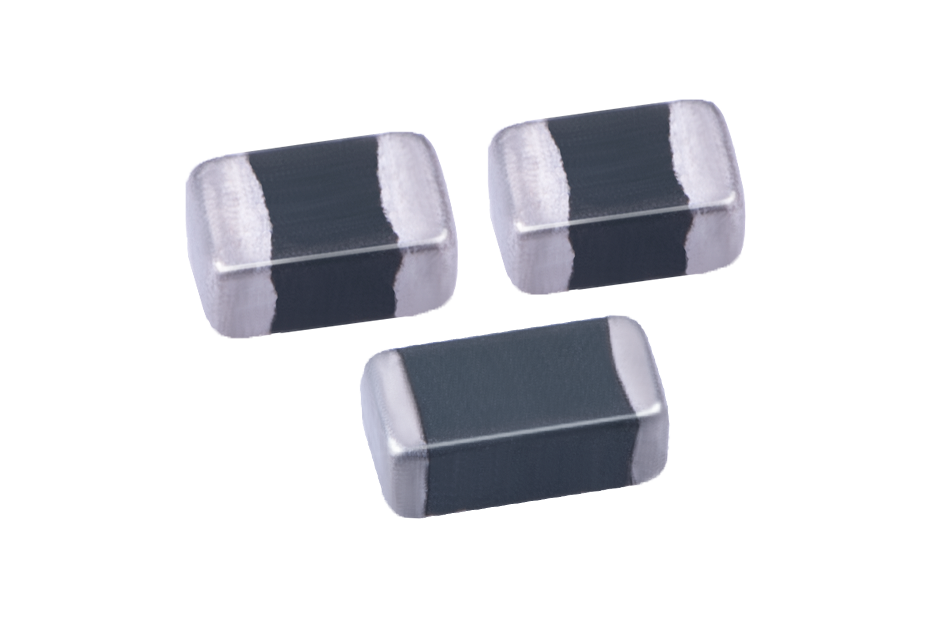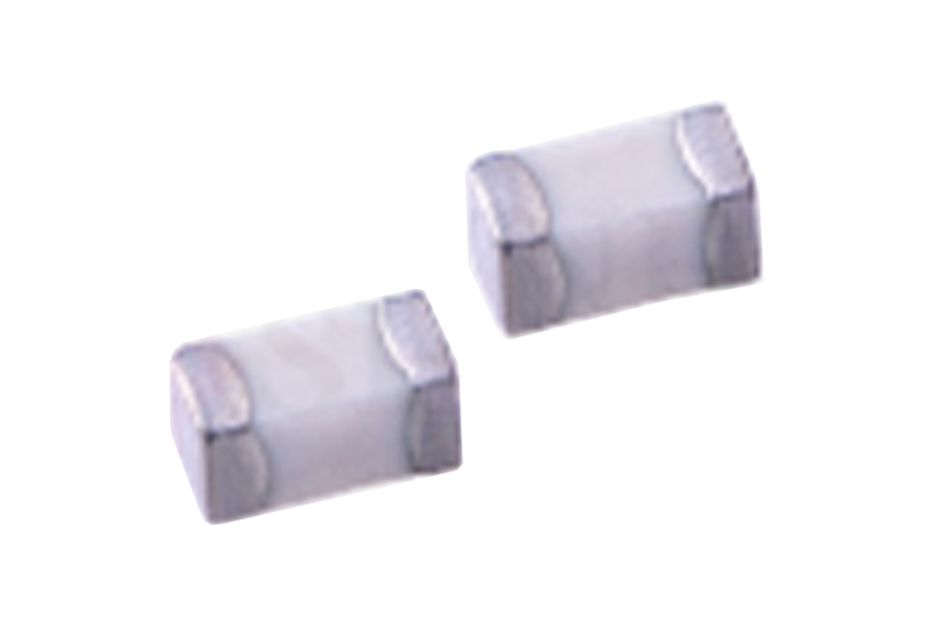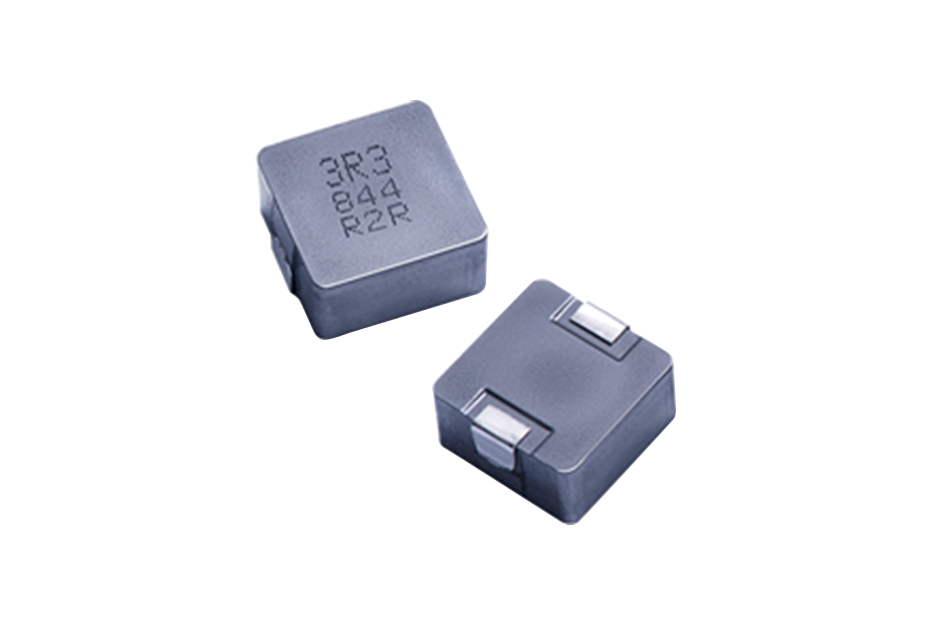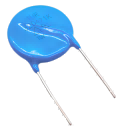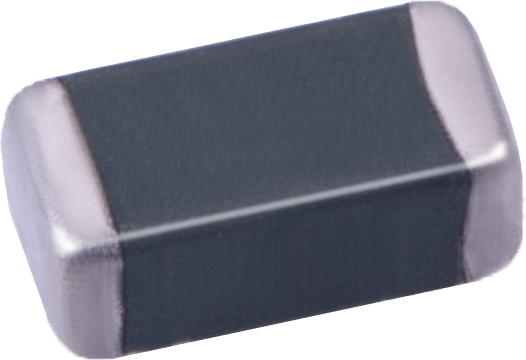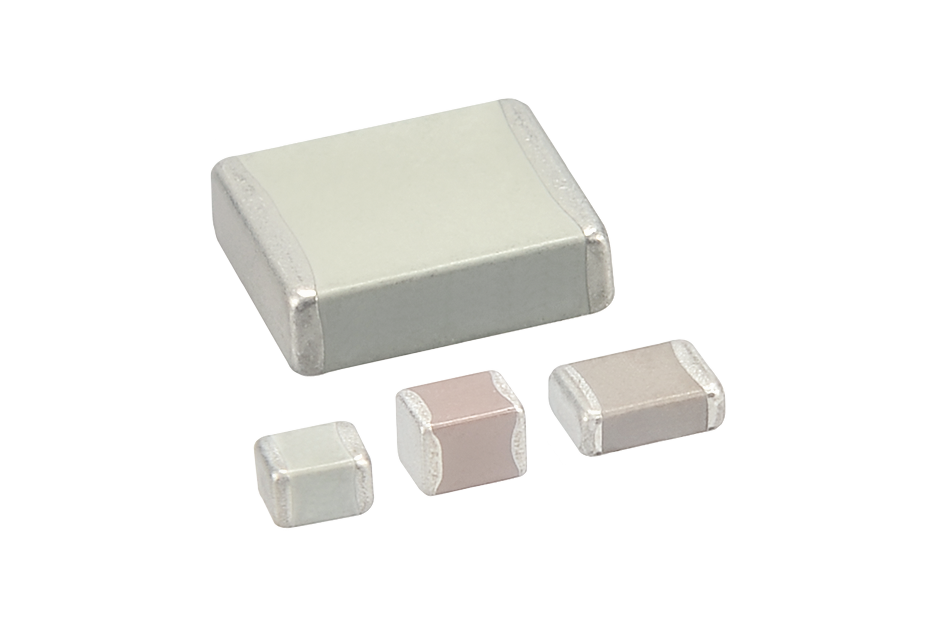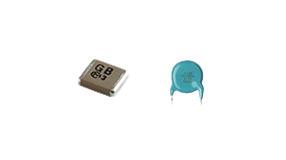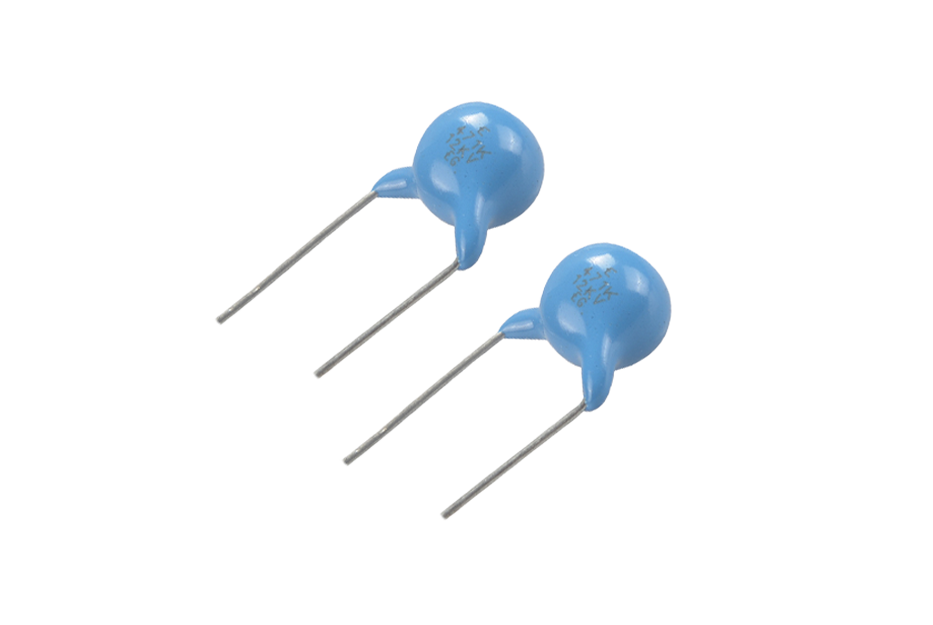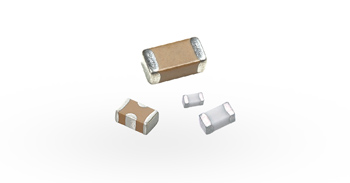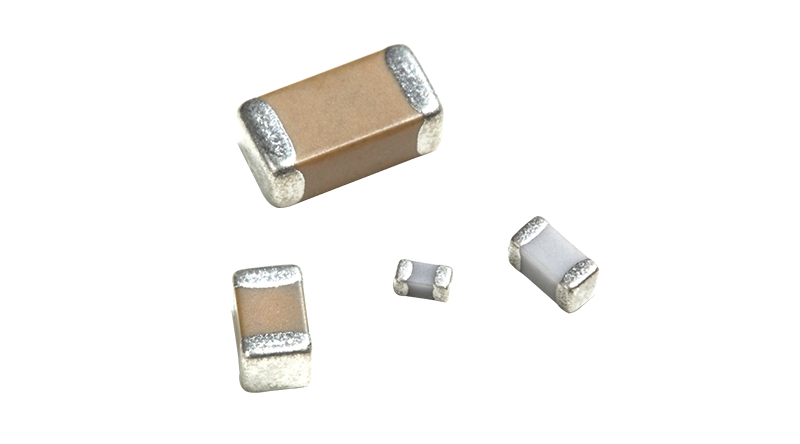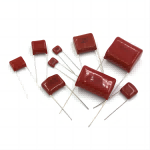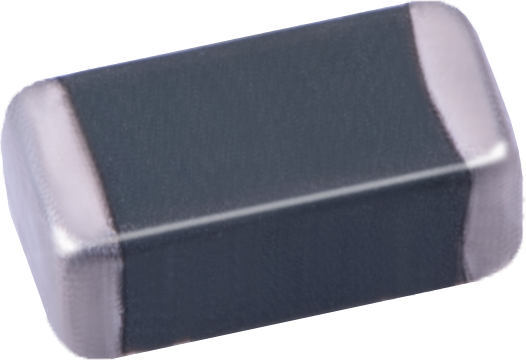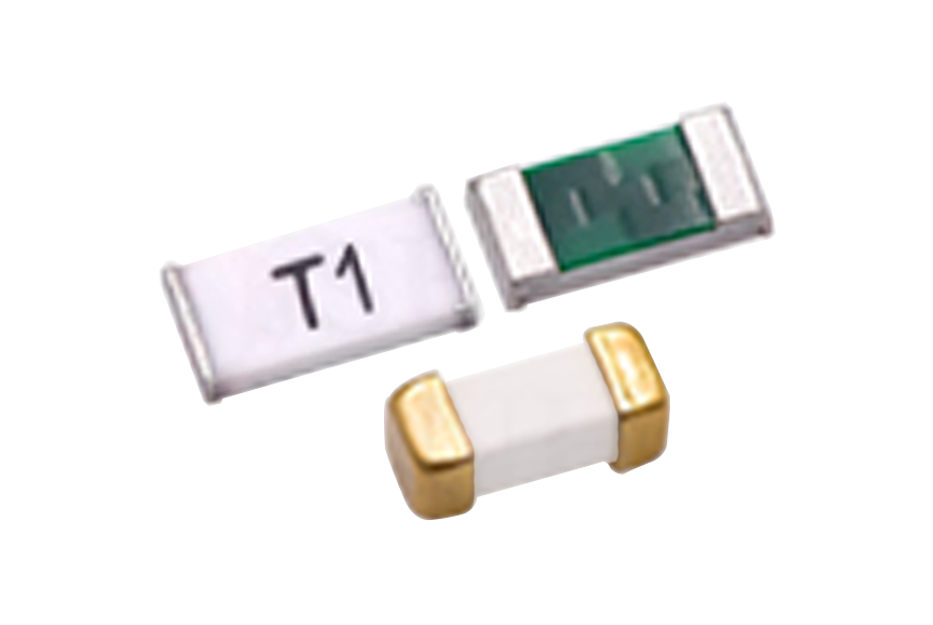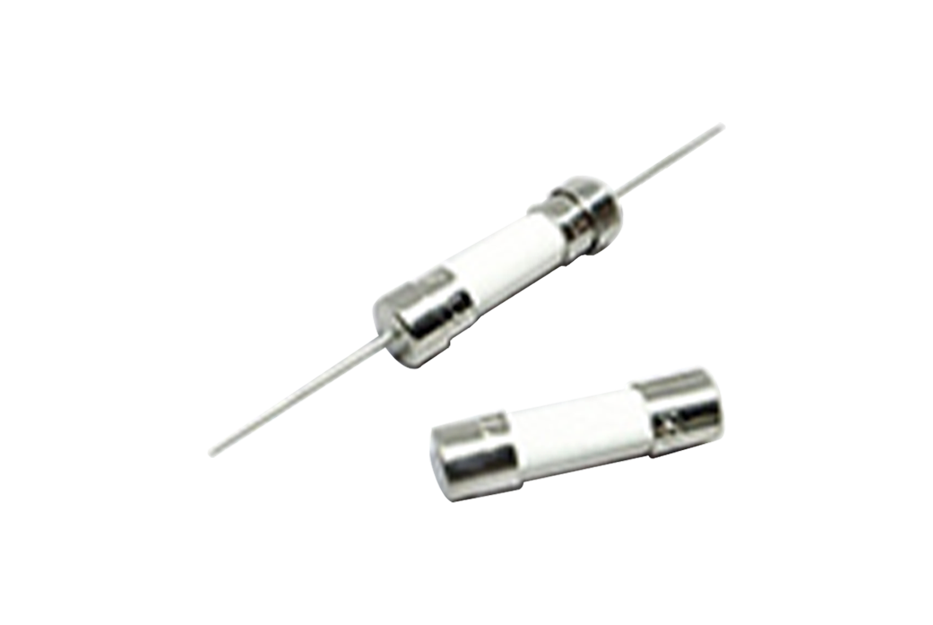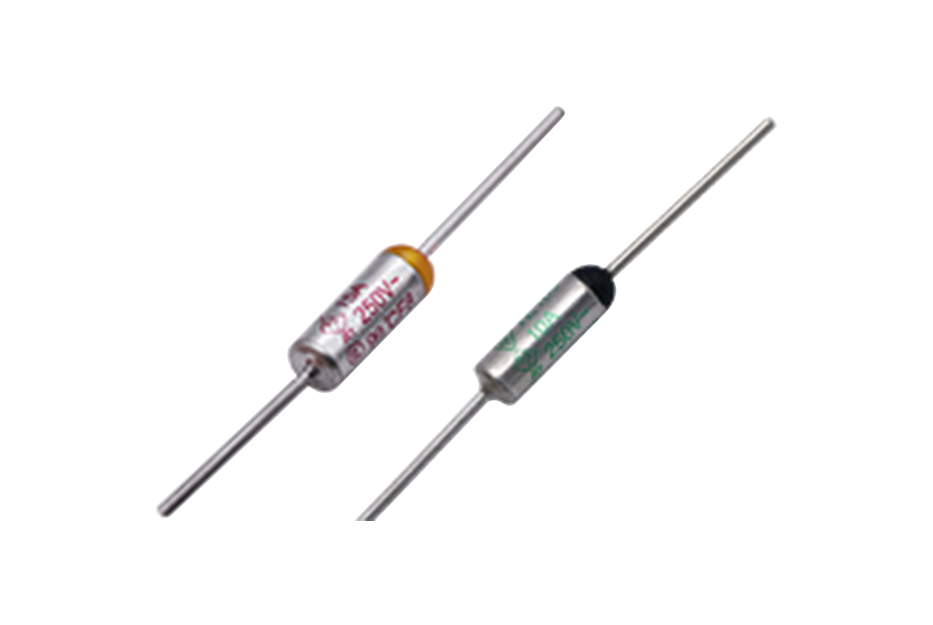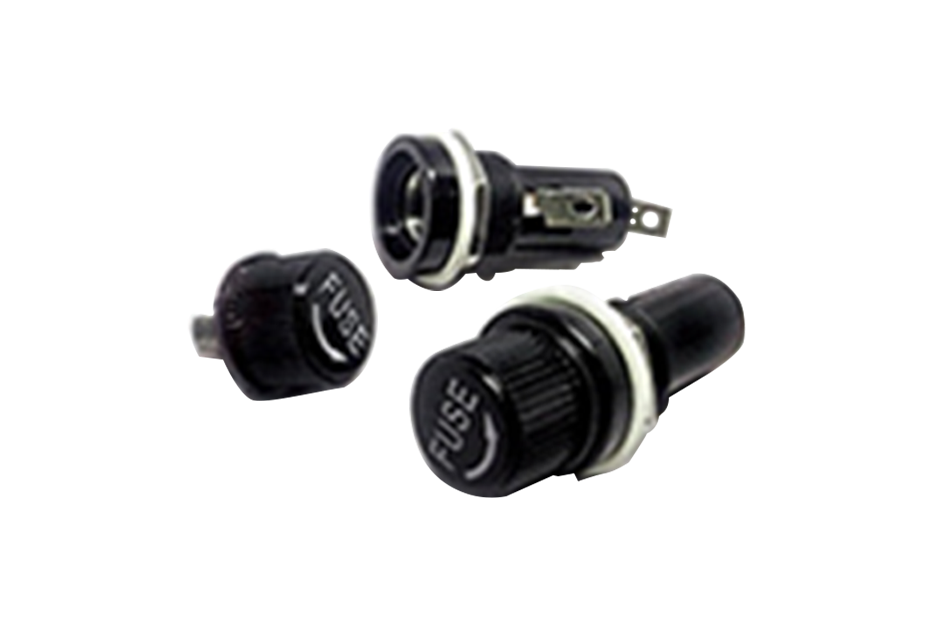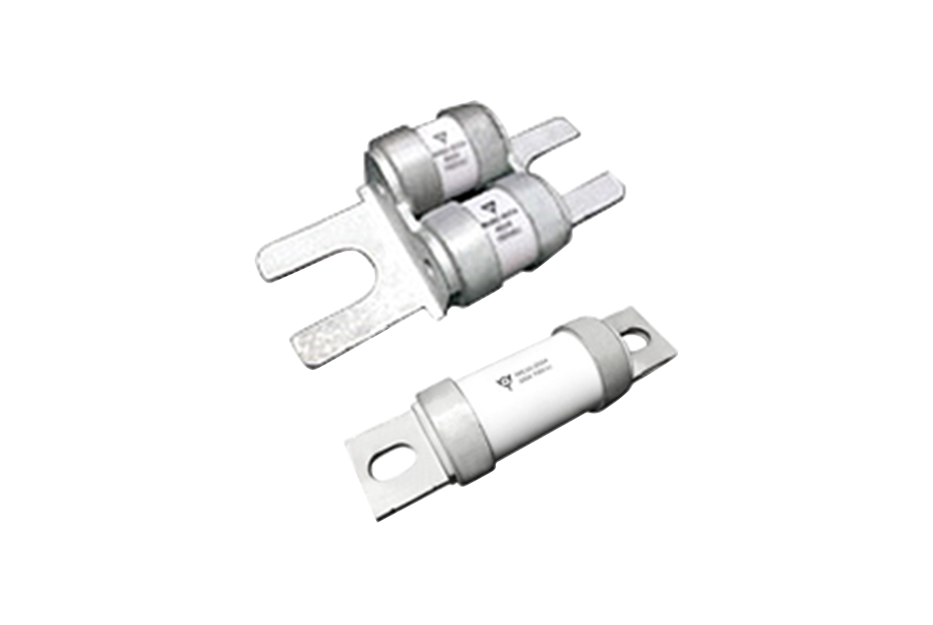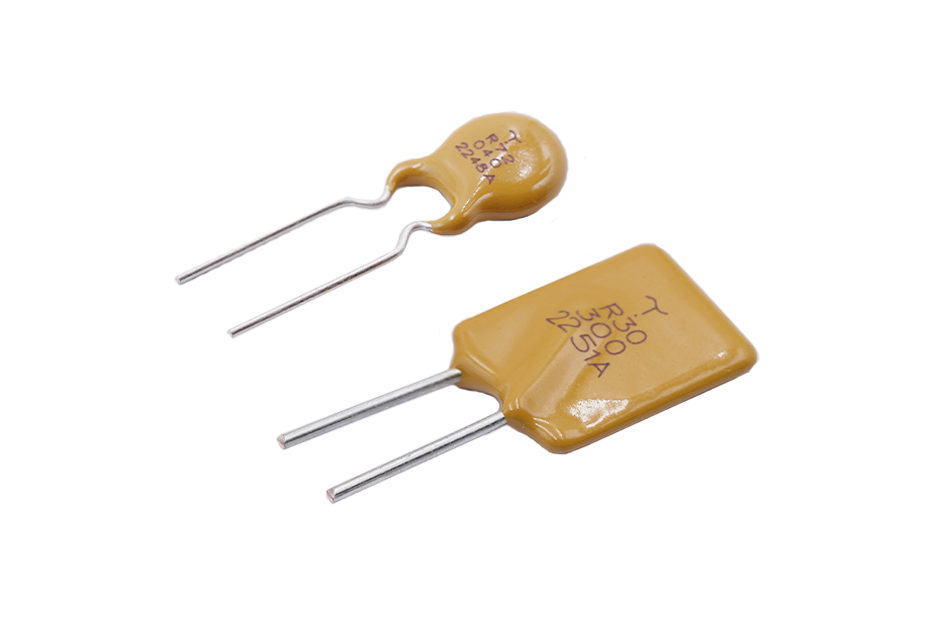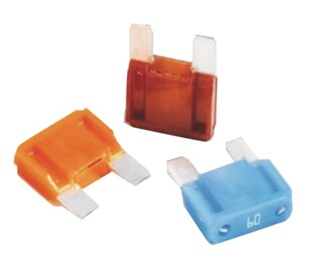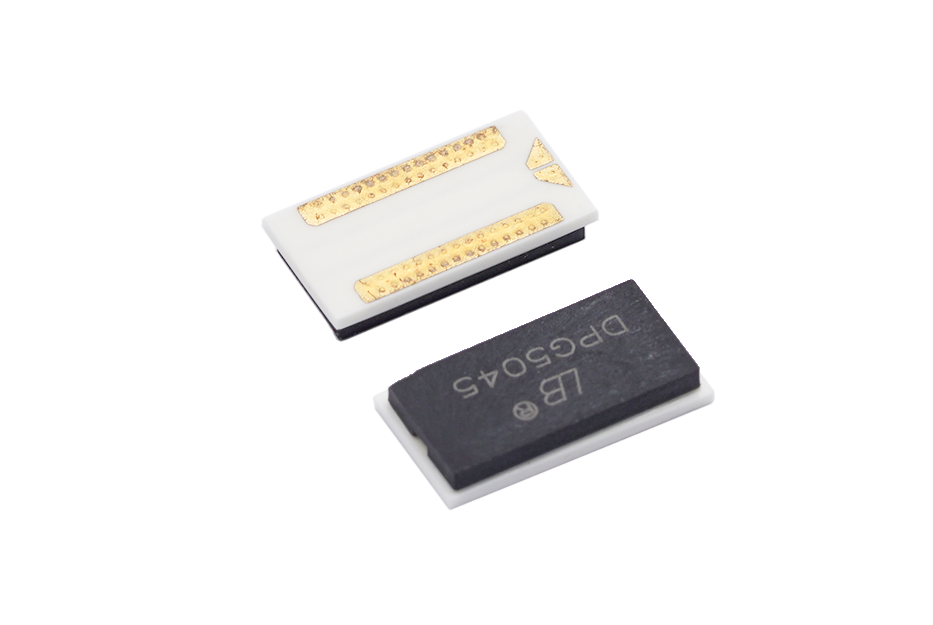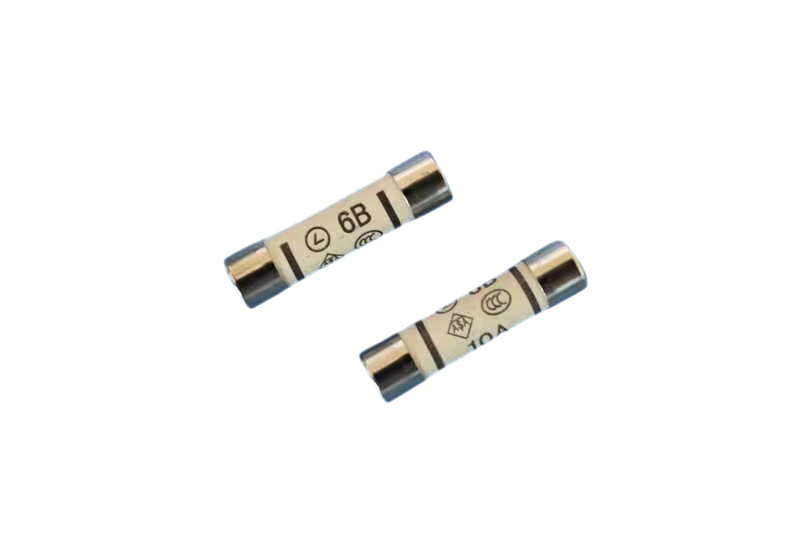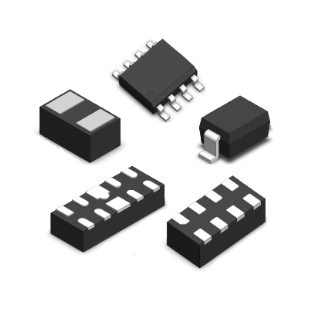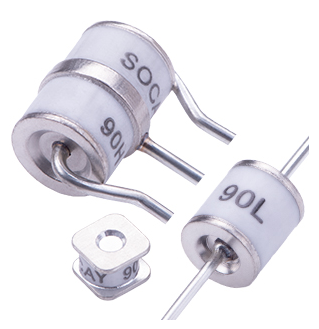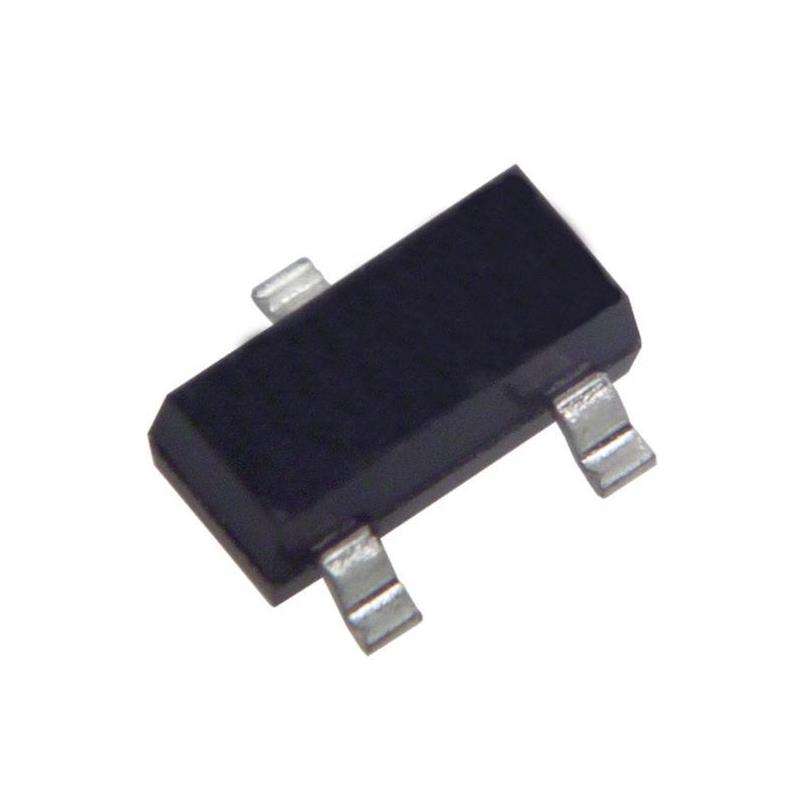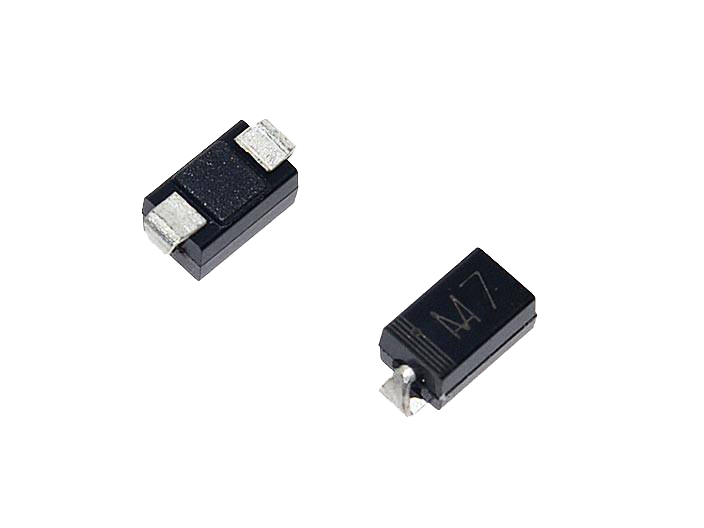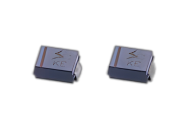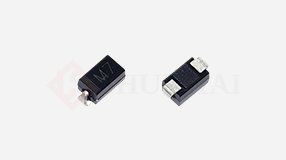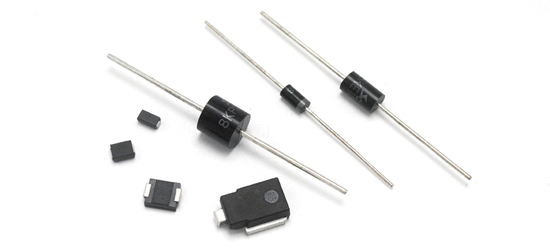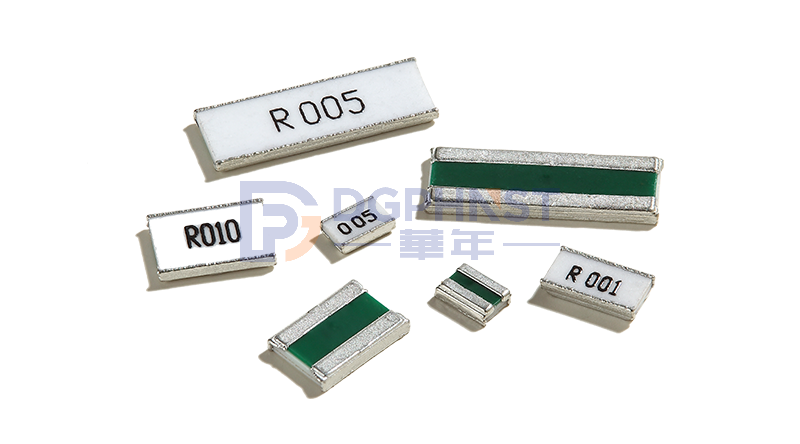List of resistance selection models and online purchase address: click on the image to enter
When selecting resistors, the PPM value is an important factor to consider. PPM refers to "parts per million" used to measure the temperature coefficient of resistors. It represents the degree of change in the resistance value of the resistor during temperature changes. Therefore, the lower the PPM value, the smaller the temperature coefficient of the resistor, and the smaller the change in its resistance value under temperature changes.
In resistor selection, the PPM value has a significant impact on circuit design and performance. Below will be a detailed analysis from several aspects.
Firstly, the temperature coefficient of the resistor has a significant impact on the stability and accuracy of the circuit. In some precision circuits, such as sensors, amplifiers, and measuring instruments, the temperature coefficient of resistors is required to be as small as possible to ensure the accuracy and stability of the circuit. If the PPM value is high, the temperature coefficient of the resistor will be larger, which will reduce the accuracy of the circuit and even lead to circuit instability.
Secondly, the high or low PPM value also affects the temperature drift of the resistor. Temperature drift refers to the change in resistance value caused by temperature changes during the operation of a resistor. If the PPM value is high, the temperature drift of the resistor will be significant, leading to unstable operation of the circuit, especially in environments with significant temperature changes.
In addition, the temperature coefficient of the resistor can also have an impact on the power consumption and energy efficiency of the circuit. In some power sensitive circuits, such as power management circuits and power amplifier circuits, it is required to minimize the power consumption of resistors to improve circuit efficiency and energy consumption. If the PPM value is high, the power consumption of the resistor will be higher, resulting in a decrease in circuit energy efficiency and an increase in circuit power consumption.
Finally, the temperature coefficient of the resistor can also have an impact on the lifespan and reliability of the resistor. In some circuits with high reliability requirements, such as aerospace circuits and medical equipment circuits, the lifespan of resistors is required to be as long as possible to ensure the stability and reliability of the circuit. If the PPM value is high, the lifespan of the resistor will be shorter, leading to a decrease in the reliability of the circuit and an increase in the maintenance and replacement costs of the circuit.
In summary, when selecting resistors, the lower the PPM value, the better. A lower PPM value indicates that the temperature coefficient of the resistor is relatively small, and the change in resistance value under temperature change is relatively small. This will help improve the accuracy, stability, energy efficiency, and reliability of the circuit. Therefore, when selecting resistors, resistors with lower PPM values should be selected based on the specific application needs and requirements to ensure the performance and reliability of the circuit.

